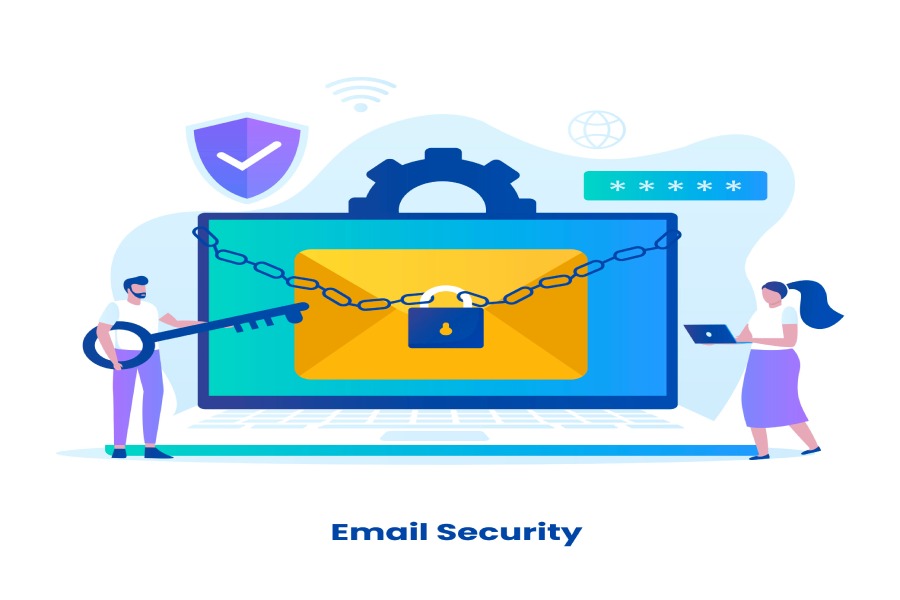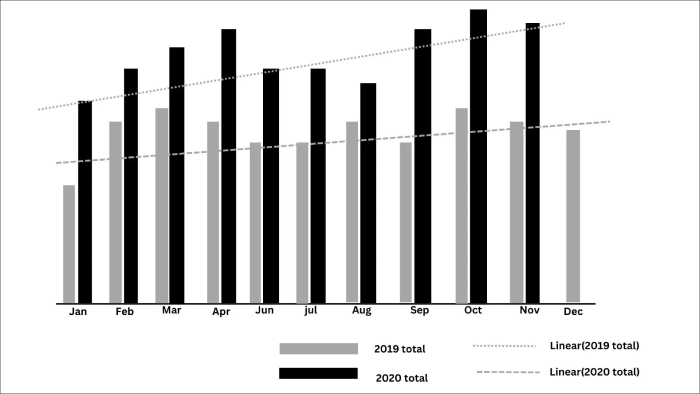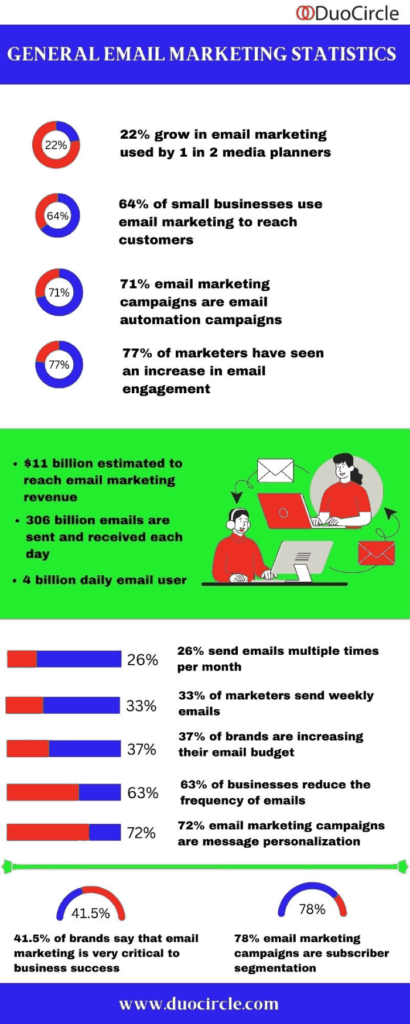Email security is undoubtedly a priority for small businesses. However, while focusing on the email marketing strategy, they might overlook the basics. For 87% of B2B marketers, email serves as the prime channel of distribution. At the same time, organizations lost more than $1.8 billion due to ’Business Email Compromise (BEC) attacks in 2020. It highlights the importance of setting up the email strategy and policy in the right way. Email marketing can become a powerful tool to attract new clients and engage the existing ones with the right approach. However, businesses must avoid some general mistakes while setting up professional email for their brand and using the same for marketing purposes, as discussed below.
Email threat volume comparison for 2019 and 2020.
The above graph shows a clear comparison of the email threat volume for 2019 and 2020. The threat volume is more for every month in 2020 compared to that of the same month in the previous year. This increase in email threat volume year after year only emphasizes how crucial it is to have a secure email setup and strategy for any organization.
Two Crucial Mistakes To Avoid While Setting Up And Using Business Email
Responding To Spam
Spam messages constitute more than 80% of the global email traffic. No one likes to keep spam in their inbox, and most professionals proactively remove spam emails from their inbox after reviewing them. However, unknowingly, they might be stepping into a trap, as the spammer(s) could now know that the email address is active as they use read receipts nowadays to track who opens their emails and who doesn’t. It would expose the user to more spam messages in the subsequent days. Besides, spammers fraudulently take advantage of the ‘unsubscribe’ option to take the user to a phishing website and obtain the recipient’s credentials or other confidential details.
Failing To Recognize Phishing Attempts
At times, one can easily spot phishing emails. However, some of the more sophisticated attempts, like spear-phishing, are well-disguised. Phishing emails often contain a link that redirects the user to another website. It would prompt them to download a malicious document or furnish personal information. The best way to protect emails from such adversaries is to use anti-phishing services. Such solutions automatically blacklist potential senders of phishing emails. Here are several signs that help recognize emails containing phishing links.
- Poor grammar and spelling mistakes
- Presence of an external link that resembles an organization’s name
- Images and logos that resemble other organizations
- May include a file that the recipient needs to download
A user must take adequate measures to thwart phishing attempts as part of the email security services.
Email Marketing Mistakes Small Businesses Must Avoid
Not Capitalizing On The Subject Line
Even if a reader does not intend to open an email, they would see the subject line. It is this aspect that lures them to go further into the email body. Therefore, a sender needs to use the subject line to their advantage. A drab and uninviting subject line would merely make the recipient overlook the email. On the other hand, making it interactive and engaging would help them win fresh clients.
Therefore, make the subject line enticing so that the reader gets a reason to open the email. During email marketing, make sure to offer solutions and make these the subject lines of the emails. Apart from seeking email security services, one may hire professional services to work on the emails.
Failing To Segment The Email List
As an enterprise owner, one may know the value of segmenting outbound emails. Not every recipient receives an email at the same time. It implies that they would be on a different wavelength while understanding the messages. The ideal way to communicate with clients in bulk is to segment the email list.
For instance, if one targets new clients to sign up, the pitch would differ from those sent to existing customers. For the latter, a little nudge might work. Do not try to address every client at the same time. Once there is a segmented list, the process becomes way more manageable.
A well-segmented email list ensures that the right people would receive the right marketing message. This way, you would obtain better results from the email campaigns.
Sending Unsolicited Emails
Even if one has the email addresses of potential clients, it’s advisable to seek their permission at the outset. Starting to bombard them with emails right away might tarnish the sender’s reputation. When one offers value to clients through information, they will subscribe to the emails themselves.
While framing emails, make sure not to direct existing clients to the scheme offered. Alternatively, one may seek their permission regarding whether they would be interested in receiving the emails.
Final Words
A small business owner needs to draw the line of defense against online adversaries. Given that phishing emails account for as much as 91% of cyberattacks, one needs to guard against malicious players. Organizations need to realize the common mistakes that might occur while configuring the email in the first place. The secret of setting up a robust email platform is to choose the best email hosting provider as it can secure critical information. Apart from strengthening email security, they would be able to provide email archiving and email forwarding services. Some of these providers also support tenant-to-tenant migration. With adequate support from the hosting provider, small businesses can strengthen their stand against malicious actors. At the same time, they can capitalize on the vast plethora of email features to leverage marketing campaigns.


